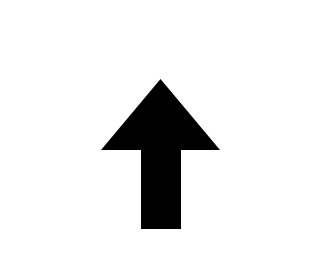Moinas, Sophie and Pouget, Sébastien
and Pouget, Sébastien (2014)
The Bubble Game: A classroom experiment.
TSE Working Paper, n. 14-508
(2014)
The Bubble Game: A classroom experiment.
TSE Working Paper, n. 14-508

Abstract
We propose a simple classroom experiment on speculative bubbles: the Bubble Game. This game is useful to discuss about market efficiency and trading strategies in a financial economics course, and about behavioral aspects in a game theory course, at all levels. The Bubble Game can be played with any number of students, as long as this number is strictly greater than one. Students sequentially trade an asset which is publicly known to have a fundamental value of zero. If there is no cap on asset prices, speculative bubbles can arise at the Nash equilibrium because no trader is ever sure to be last in the market sequence. Otherwise, the Nash equilibrium involves no trade. Bubbles usually occur with or without a cap on prices. Traders who are less likely to be last and have less steps of reasoning to perform to reach equilibrium are in general more likely to speculate.
| Item Type: | Monograph (Working Paper) |
|---|---|
| Language: | English |
| Date: | 7 July 2014 |
| Uncontrolled Keywords: | financial markets, speculation, bubbles |
| Subjects: | B- ECONOMIE ET FINANCE |
| Divisions: | TSE-R (Toulouse) |
| Site: | UT1 |
| Date Deposited: | 16 Mar 2015 14:49 |
| Last Modified: | 02 Apr 2021 15:49 |
| OAI Identifier: | oai:tse-fr.eu:28354 |
| URI: | https://publications.ut-capitole.fr/id/eprint/16533 |
Available Versions of this Item
- The Bubble Game: A classroom experiment. (deposited 16 Mar 2015 14:49) [Currently Displayed]




 Tools
Tools Tools
Tools

